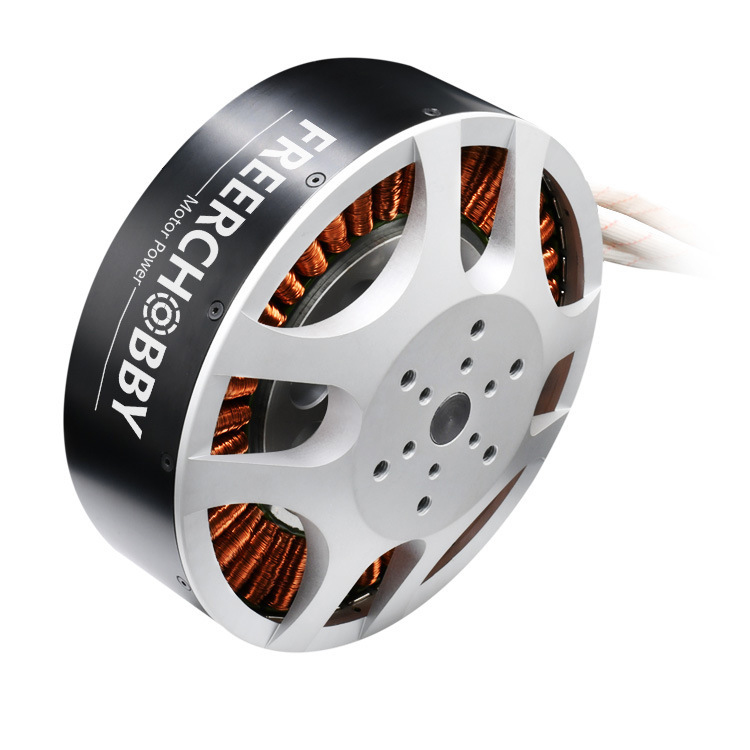All-terrain vehicles (ATVs) have seen rapid technological development, especially in the field of electric propulsion. High torque ATV electric motors have become increasingly common in both recreational and utility vehicles due to their ability to deliver consistent power at low speeds, handle rugged environments, and reduce noise and emissions. But what exactly goes into the composition of a high torque ATV electric motor? And under what conditions should an ATV low speed high torque motor operate to ensure performance and longevity?

A high torque ATV electric motor is engineered specifically to provide substantial rotational force at lower revolutions per minute (RPM). This kind of motor is ideal for off-road conditions where acceleration and climbing power are more important than top-end speed. The composition of a high torque ATV electric motor includes several key components designed to deliver this performance.
1. Stator and Rotor Core Design
The stator and rotor form the heart of the electric motor. In high torque ATV applications, the stator is often composed of laminated silicon steel to reduce energy losses from eddy currents. The winding patterns in the stator are optimized to create a strong magnetic field, which interacts with the rotor to generate torque.
The rotor, typically built from high-grade magnetic steel or rare-earth permanent magnets in brushless motors, must be precisely balanced to allow smooth rotation and effective torque delivery without vibrations.
2. Windings and Copper Content
The windings are made of high-conductivity copper wire, wound in a configuration that maximizes magnetic force generation. High torque motors often feature multiple poles and a larger number of windings, allowing for better control at low speeds and improved torque density.
3. Cooling Systems
Due to the heat generated under load, especially at low speeds where airflow is limited, many high torque ATV electric motors are equipped with passive cooling fins or active liquid cooling systems to maintain performance and protect internal components.
4. Housing and Mounts
The motor housing is constructed from aluminum or reinforced composite materials that protect internal components from mud, water, and debris while ensuring mechanical strength. The motor is also mounted using vibration-dampening brackets to reduce wear from terrain impacts.
When designing or selecting an ATV low speed high torque motor, it's important to consider the operational conditions that the motor must meet to function effectively and reliably. These motors are typically used in utility ATVs, off-road work vehicles, or specialized recreational machines where controlled movement and strong pulling power are required rather than speed.
The primary condition is that the motor must deliver consistent torque output in the low RPM range, typically below 1,000–1,500 RPM. This ensures the ATV can start smoothly, climb inclines, haul loads, or navigate rough terrain without requiring high-speed operation.
Low-speed operation under load often results in prolonged current draw, which generates heat. Therefore, the motor must have adequate thermal management, either through materials with high thermal conductivity or integrated cooling systems. Overheating can demagnetization in permanent magnets and degradation of insulation in the windings.
Given that ATVs often operate in mud, rain, or sand, the low speed high torque motor must meet at least IP65 or IP67 environmental protection standards, which ensure it is resistant to water jets, dust, and other environmental contaminants.
The motor must work with a torque-focused motor controller that can manage current efficiently at low speeds, support regenerative braking if needed, and maintain smooth acceleration and deceleration. Poor controller matching can result in jerky movements, reduced torque output, or overheating.
Shock loads from sudden bumps or carrying heavy cargo can put mechanical stress on the drivetrain. The motor's shaft and mounting brackets must be designed to handle these forces without misalignment or premature wear.